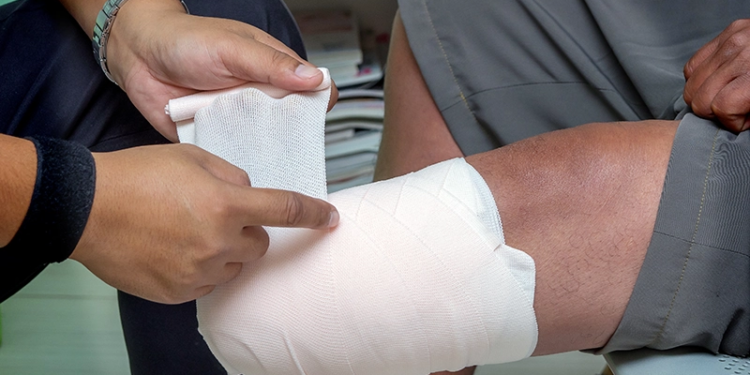
The IMES System bridges the brain to the prosthetic limb, enabling the signals sent from the brain to the amputated limb’s residual muscles to control the prosthesis intuitively without the need for invasive brain or muscle reinnervation surgery.
Two individuals with lower-limb amputations are the first people in the world able to control their bionic prosthetic legs with their thoughts, thanks to tiny implanted myoelectric sensors (IMES) that have been surgically placed in their residual muscle tissue. The IMES System, which was provided by the Alfred Mann Foundation, Valencia, California, a U.S. medical technology developer, instantaneously triggers the desired movement, via a receiver located inside the prosthesis. This process occurs subconsciously, continuously, and in real-time.
Össur, Reykjavik, Iceland, conducted the initial first-in-man research. The subjects were implanted with the IMES and have been living with Össur’s mind-controlled bionic prostheses for more than one year.
“Mind-controlled bionic prosthetic legs are a remarkable clinical breakthrough in next-generation bionic technology,” said Jón Sigurðsson, president and CEO of Össur, speaking at the company’s Capital Markets Day in Copenhagen, Denmark. “By adapting not only to the individual’s intentional movements but to intuitive actions, we are closer than ever to creating prosthetics that are truly integrated with their user.”
According to Thorvaldur Ingvarsson, MD, PhD, the orthopedic surgeon who leads Össur’s research and development efforts and spearheaded the mind-controlled prosthetics project, movement in able-bodied individuals generally begins subconsciously, which triggers electrical impulses inside the body that catalyze the appropriate muscles into action. This new technology replicates that process: the electronic impulse from the brain is received by IMES that were surgically placed by Ingvarsson into muscles in the subjects’ residual limbs.
“The technology allows the user’s experience with their prosthesis to become more intuitive and integrative,” Ingvarsson said. “The result is the instantaneous physical movement of the prosthesis however the amputee intended. They no longer need to think about their movements because their unconscious reflexes are automatically converted into myoelectric impulses that control their bionic prosthesis.”
Ingvarsson noted that feedback from both users has been positive, and that clinical trials to further assess the technology will continue.




